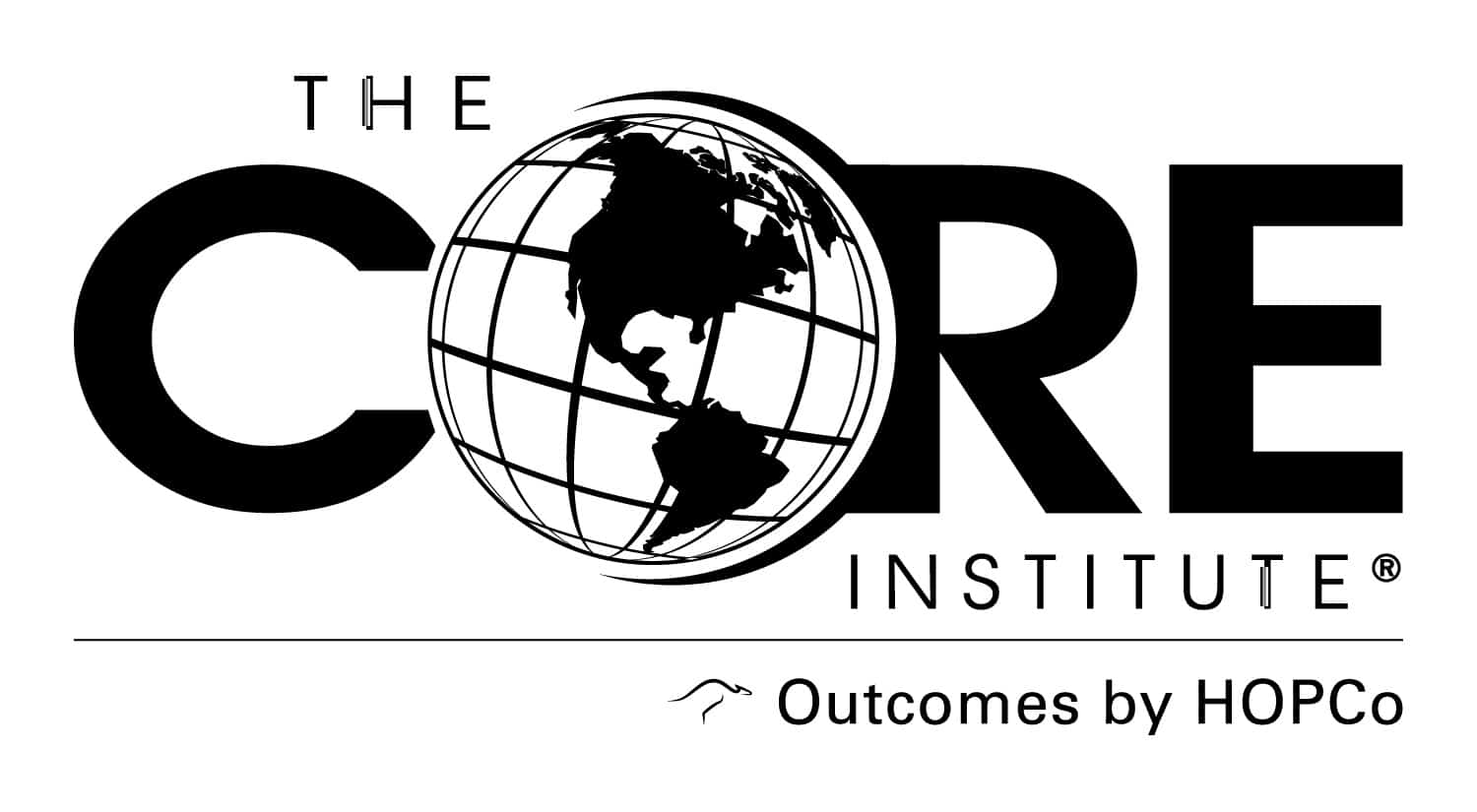Knowing how much or how little physical therapy and other care options a patient requires after knee replacement surgery is currently a guessing game based on averages and insurance allowances. However new research at The MORE Foundation is using sensor technology, developed in collaboration with ASU, could hold the key to very accurate predictions for better, more efficient, post-operative care.
In June of 2020, a state grant was awarded to the MORE Foundation, an Arizona nonprofit dedicated to studying musculoskeletal and neurological conditions, to gather pre-operative data on 50 knee replacement patients at The CORE Institute using the Lockhart Monitor iPhone app. MORE Foundation’s Human Motion Lab research team will then analyze the data to predict fall risk and assess post-operative care needs for the patients.
“Fall risk is highly correlated with a number of aspects of recovery and it’s important to quantify that,” said Marc Jacofsky, Ph.D, the MORE Foundation’s executive director and principle investigator for the study.
Sensing gait from your phone
Developed by ASU Biological and Health Systems Professor, Thurmon Lockhart, the phone app uses sensors to gather tremendous amounts of data about a person’s gait, pain tolerance, co-morbidities and other musculoskeletal information within only a few minutes.
Under the study, that data, taken a couple weeks before surgery, is then leveraged by MORE Foundation’s research team to predict recovery care needs for each individual patient. Again, today’s post-operative care decisions rely almost entirely on outdated averages. In most cases, patients are prescribed a set number of physical therapy visits, perhaps six to 10, regardless of their condition and situation. Often, some require more, others less.
“The ultimate goal is to be able to predict, with a high level of certainty, if they’re going to walk well and have good balance after surgery,” Marc Jacofsky, Ph.D added, “and to make sure the supportive care around the surgery is best utilized.”
After surgery, additional sensors, applied above and below the knee, inform physicians of whether the patient is achieving milestones. Then care can be adjusted, if needed.
Commercialization, the wearable sensor market
The app has been available for download for more than a year, but it has predominantly been used by researchers in labs, not patient care.
“This study is a critical step in advancing the technology to make it available for both patients and doctors,” Marc Jacofsky, Ph.D noted. “We’re taking a complicated data set and making it easy for the medical professional to understand so they can make the best patient care decisions.”
The study is a joint partnership between the Partnership for Economic Innovation (PEI), ASU’s Fulton School of Engineering, The CORE Institute, and MORE Foundation. The technology comes out of the WearTech Applied Research Center, which was established in central Phoenix to develop and test wearable sensor technologies to monitor health and improve lives. Wearable sensors are a growth industry estimated to top $56.8 billion by 2025.
“We’re really excited about this project,” said Marc Jacofsky, Ph.D. “It helps cement our place in the community from a technology transfer perspective in terms of working with the University and moving ideas from the lab to the bedside.”
- Check Your Spine - April 14, 2021
- 10 Tips For Your Best Home Workout - April 14, 2021
- Faster Service… No Appointment Necessary! - April 14, 2021
